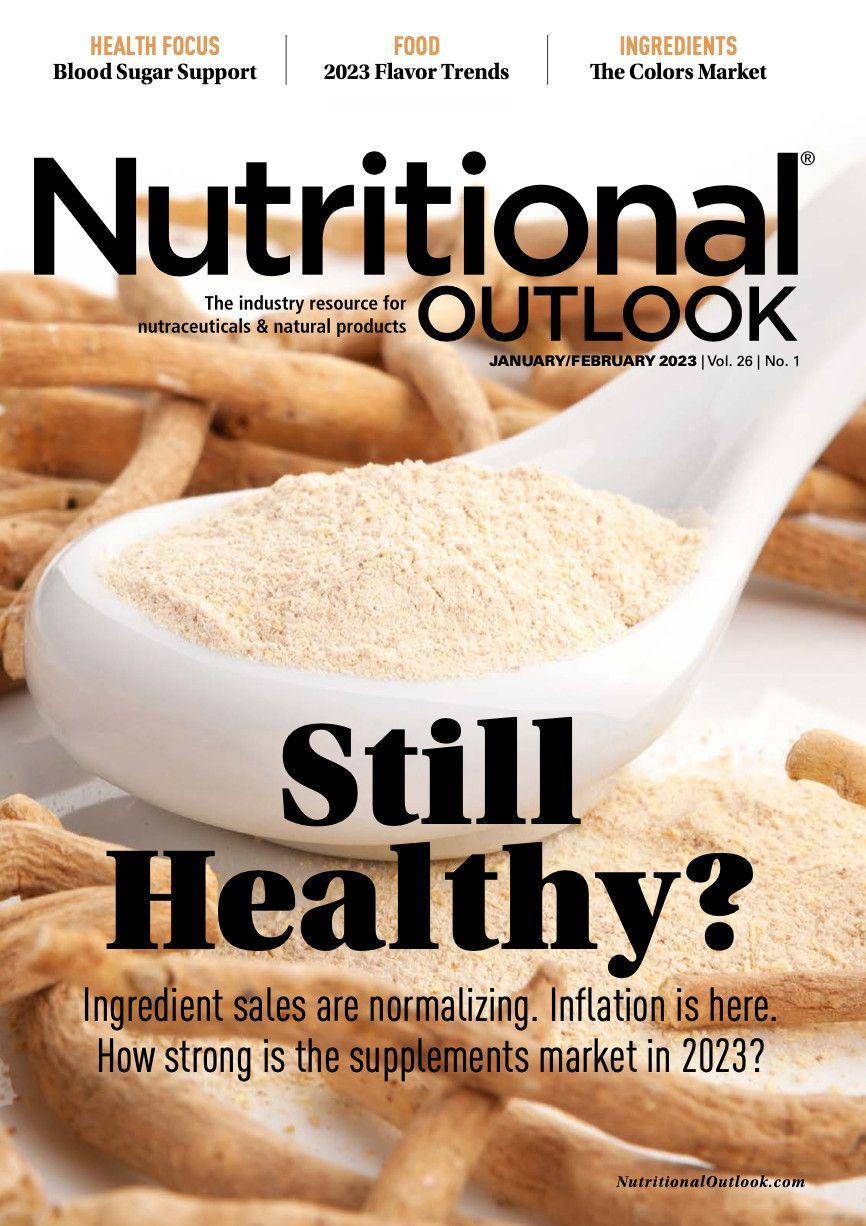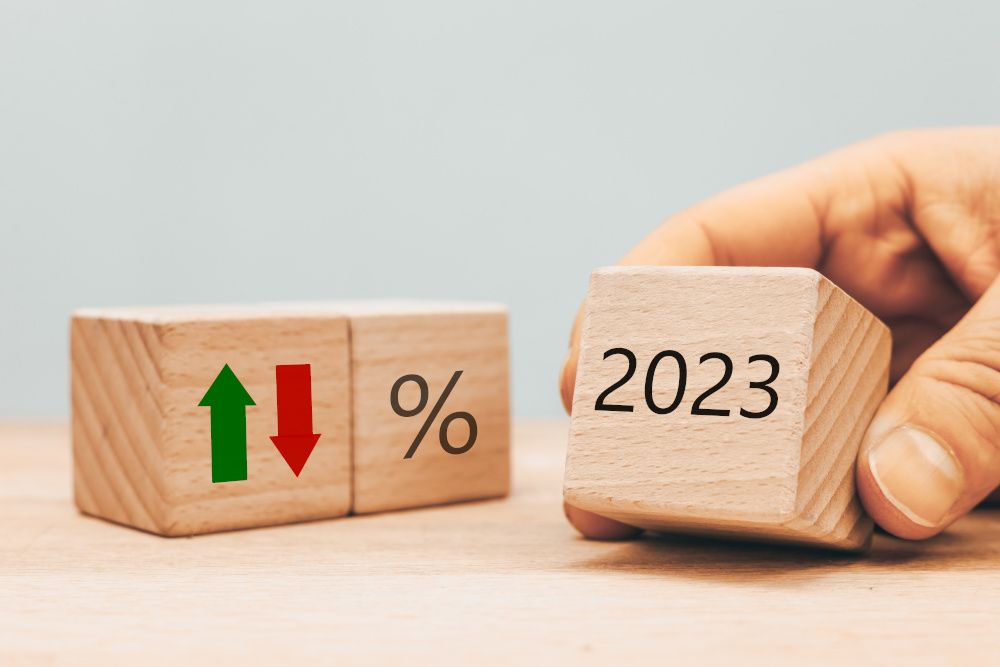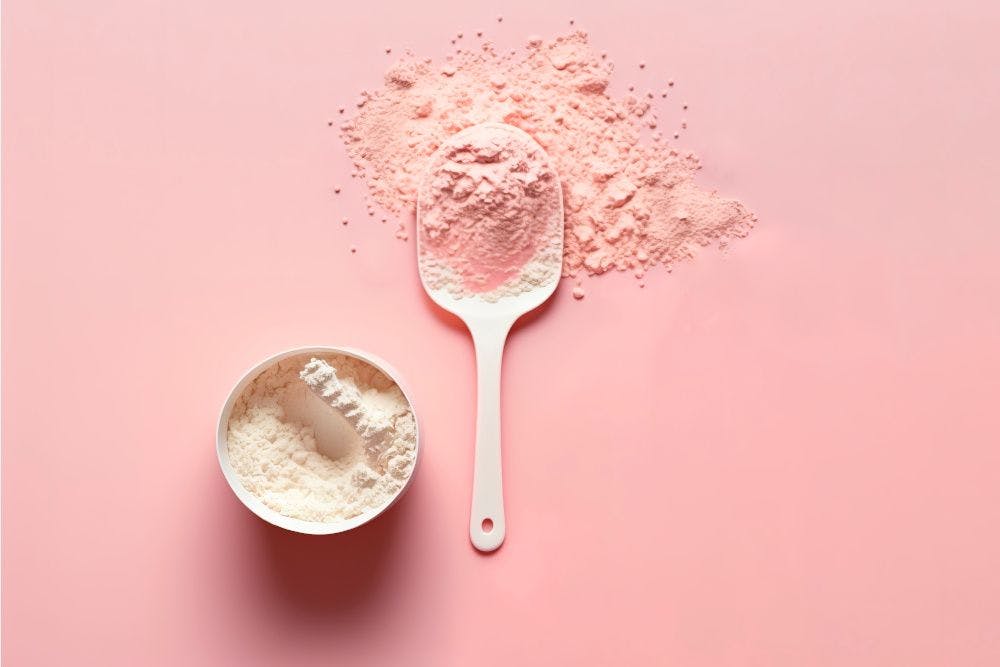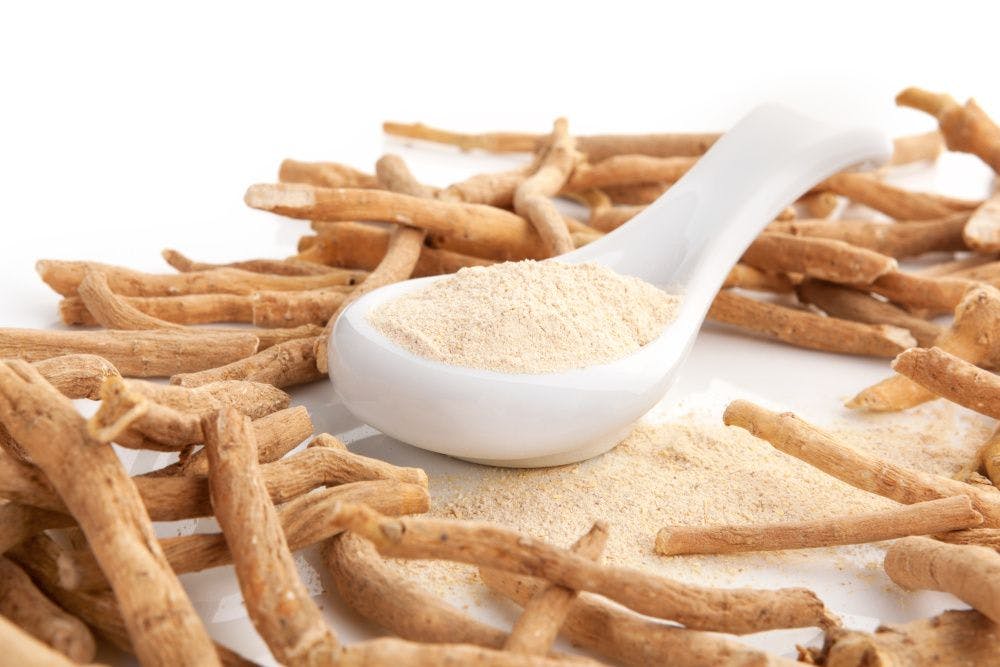How can brands address inflation in 2023?
Four strategies to deal with inflation in 2023, from private-label food supplements manufacturer PharmaLinea.
Although global inflation peaked in 2022, latest market intelligence reports predict that inflationary pressures will remain high into 2023. Here, we suggest four ways brands can successfully navigate inflation in 2023, based on theory, our past experience, and expert insights.
Tracking Inflation
Inflation projections vary slightly depending on the source, but agencies such as IQVIA, Mintel, and Euromonitor agree on a global inflation average in 2022 somewhere between 8% and 9%—and a drop in the inflation average in 2023 to about 5% to 6%. This slowdown in inflation is due to slower economic growth caused by falling B2B demand for manufactured goods, stabilizing commodity prices, and improvements in the global supply chain. Nonetheless, Euromonitor predicts inflation levels will remain high and continue to erode consumer purchasing power this year. Inflationary pressures could also worsen due to possible energy price shocks and geopolitical tensions.
Similar to 2022, inflation is likely to affect developing economies the most. Euromonitor’s Global Consumer Price Inflation Baseline Forecast predicts the highest inflationary pressures in the Eurozone. The U.S., meanwhile, can expect inflationary pressures to wear off much quicker in 2023, while China will barely surpass 2% inflation despite showing growth compared to the previous year.
Matevž Ambrožič

Impact on Food Supplements
The food supplement industry has felt inflation’s impact. Retail price changes vary significantly from category to category. According to SPINS tracking of the Amazon.com retail channel in the U.S., yearly price increases in February 2022 ranged from 4.2% in children’s supplements to 10.5% in weight-loss supplements.
The effect also varies geographically. Euromonitor’s online sales data for the period between January 2021 and October 2022 showed a 27.8% price increase for multivitamins in Brazil and a 7.8% increase in South Korea, while the price of multivitamins in Germany only increased by 0.4%. On the other hand, there was a 6.9% price drop for vitamin D supplements in Brazil, while the price of vitamin D supplements increased by 4.9% in South Korea and by 10.4% in Germany.
And, while inflation has indeed affected the food supplements industry, supplement prices globally have not increased as much as food and beverage prices have (SPINS, February 2022).
Consumer Behavior
Luckily for brands, consumers seem better prepared for today’s economic turmoil than they were during the financial crisis of 2008. According to Mintel, the financial crisis in 2008 took everyone by surprise—unlike now when people received pandemic-related financial aid and have more savings due to reduced expenditure during the pandemic. Consequently, consumers feel more financially comfortable than they did in the post-2008 years.
As most consumer health companies responded to the recent inflation surge by increasing the prices of their products and services, consumers’ responses can be divided into two groups. According to Euromonitor, about 30% of European consumers plan to increase their savings and seek bargains, while 31% of consumers say they still choose quality over quantity. This seems to support the hourglass theory, which suggests that the middle price segment of products is hit the worst during times of financial insecurity, with consumers seeking either the lowest prices or the highest quality.
Strategies for Success
How can brands address the ongoing global situation with success? Experts agree that future success depends on companies understanding their audience and adjusting their products accordingly.
Tip 1: Choose a Lane
“In the future, we will see more clustering—more premium products on one hand, and more price competition on the other,” says Dmitri Lazerson, director of purchasing and procurement at Queisser Pharma (GER). “When competing in the premium segment, you will, now more than ever, need strong unique selling points (USPs) to succeed.”
With consumers deciding between lower prices and higher-quality products, brands need to decide which segment to target. Choosing either price competition or premiumization in their product positioning strategy can be one way for brands to address inflation.
Tip 2: Invest in Marketing
Another strategy—mainly for well-prepared and typically larger companies—is opting to go against instincts to cut back and instead increase promotional investments at a time when others spend less. According to a Euromonitor survey, 33% of consumer health companies cut investment in promotion early in the past year. Decreased marketing spending in times of economic instability can present an opportunity for well-situated companies. When there is less noise in the market, your message is heard better. During this period, if you invest smartly, keep marketing and sales running, perhaps even launch new products, and proactively present novelties, you might make more significant market gains than in times of economic stability.
Tip 3: Strategize New Product Launches
The choice of which new products to launch is also crucial. Leaning towards essential products, products with a higher income elasticity, is often most effective. These products are least likely to be excluded from the basket.
Also remember that a product with a good marketing story can better bear a price increase. When it comes to added-value products, from a good brand, consumers know they are paying more for good reason.
Tip 4: Adding Value
Lastly, adding value to your products is a tool in times of financial instability. Offer more. It is increasingly common for supplement brands to expand their offer from the actual supplement product to additional products or services. For example, Holland & Barrett offers an online consultation service for consumers in doubt about which supplement to buy. DSM offers a vitamin D self-test kit with a progress tracking app together with its vitamin D supplement product. Proper is combining its sleep-support supplements with a sleep-tracking app and telehealth service with sleep coaching. Neuriva has developed an app with brain exercises, and Ritual offers a social component to its app to boost compliance.
Multifunctionality is another way to add value. Examples include Blackmores’ and Vemedia Pharma’s supplement combinations for daytime and nighttime, thus covering consumers’ entire daily needs. Nature Made and Dompé recently launched products that simultaneously address more than one health area (e.g. immunity + sleep or immunity + energy).
Lastly, there is the evergreen concept of “all-in-one” products which used to concern mainly multivitamins but has now expanded to synbiotics. Ritual and Holland & Barrett both recently launched all-in-one products combining pre-, pro-, and postbiotics.
Navigating the Road Ahead
In 2023, the global inflation rate is forecast to drop. The food supplement industry will still be affected by inflationary pressures, however, mostly in developing markets. Price increases, which is how most companies are responding to the market situation, have caused consumers to polarize, gravitating either towards the price-driven segment or the premium segment. Knowing this, companies should plan accordingly to address inflation in 2023: decide whether to go for price competition or premiumization, increase promotional investment, focus new product launches on essential health areas, and add more value to products.
About the Author
Matevž Ambrožič is marketing and PR director at PharmaLinea Ltd. (Ljubljana, Slovenia). He has an academic background in biochemistry with a specialty in protein biochemistry. Following his research position at Stockholm University and development position at Novartis, Ambrožič applied his knowledge in the food supplement industry, leading marketing at PharmaLinea.

Prinova acquires Aplinova to further increase its footprint in Latin America
April 7th 2025Prinova has recently announced the acquisition of Brazilian ingredients distributor Aplinova, which is a provider of specialty ingredients for a range of market segments that include food, beverage, supplements, and personal care.


























